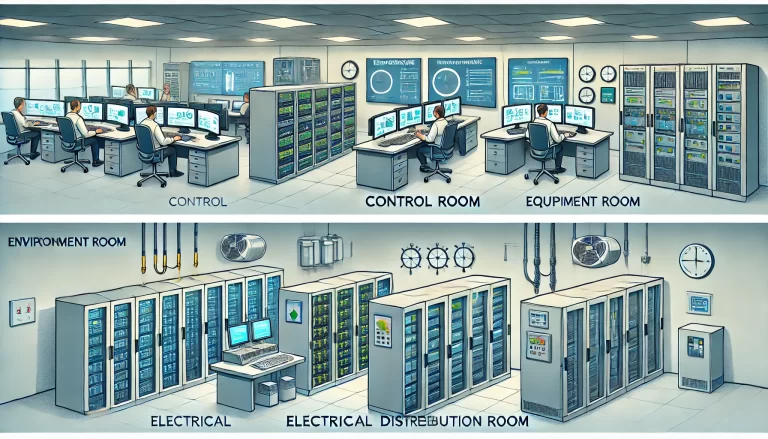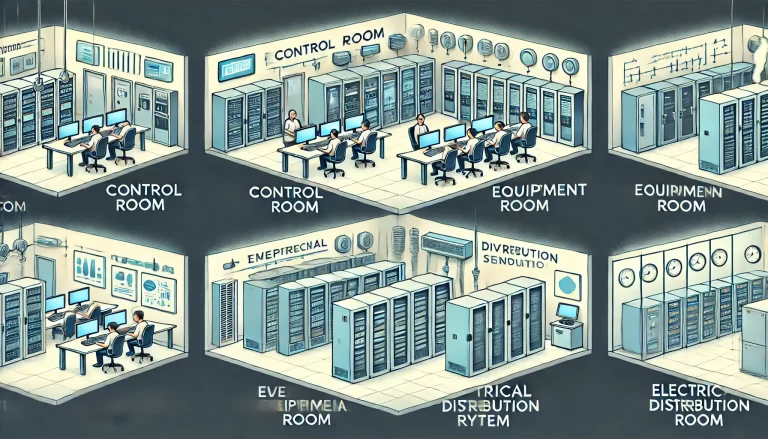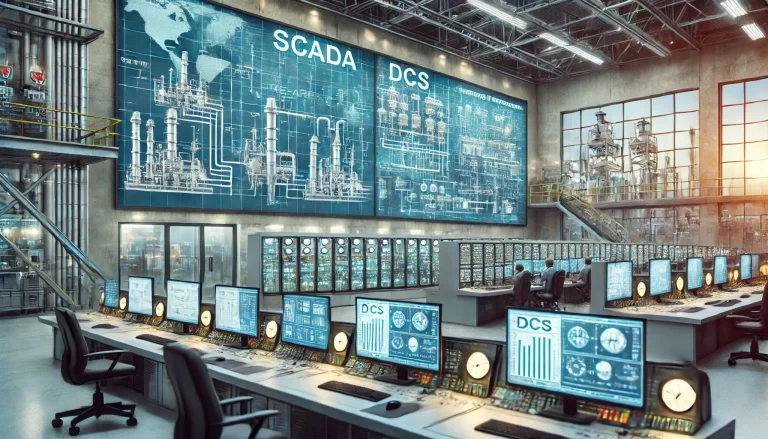Proper temperature and humidity control in control rooms, equipment rooms, and electrical distribution rooms is crucial for the efficient and safe operation of equipment, as well as ensuring the comfort of personnel. The specific standards and recommendations for each environment are as follows:

1. Control Room
Control rooms house critical systems and personnel who monitor and manage processes. Maintaining a stable environment is essential to avoid disruptions caused by environmental fluctuations.
Temperature Requirements:
- Winter: The temperature should be maintained at 20°C ± 2°C.
- Summer: The temperature should be kept at 26°C ± 2°C.
- Rate of Change: The temperature variation should not exceed 5°C per hour to prevent thermal stress on equipment.
Humidity Requirements:
- The relative humidity should be within the range of 40% to 60%.
- Rate of Change: Humidity variation should not exceed 6% per hour, as sudden changes can impact both equipment and personnel comfort.
These parameters aim to create an optimal working environment for operators and ensure the longevity of control systems.

2. Equipment Room (Rack or Cabinet Rooms)
Equipment rooms, often containing servers, network devices, and electronic components, require precise environmental control to maintain performance and reliability.
Temperature Requirements:
- The recommended temperature range is 18°C to 28°C, with exact values depending on the manufacturer’s specifications for the installed devices.
- An even distribution of temperature within the room is essential to avoid localized overheating, often managed through proper air circulation or precision cooling systems.
Humidity Requirements:
- The relative humidity should remain between 40% and 70%.
- Low humidity levels can lead to static electricity, potentially damaging sensitive electronics.
- High humidity levels may cause condensation and corrosion of electronic components.
To enhance the reliability of the environment, it is advisable to use monitoring systems with sensors strategically placed to track temperature and humidity levels.
3. Electrical Distribution Room
Electrical distribution rooms house power supply systems, transformers, switchgear, and other electrical equipment. The environment should ensure the safe and efficient operation of these critical systems.
Temperature Requirements:
- The temperature should generally be maintained between 5°C and 40°C to prevent overheating or material degradation.
- Specific components, such as transformers or switchgear, might have stricter requirements outlined in their manuals.
Humidity Requirements:
- The relative humidity range should be 45% to 75%.
- Excess humidity can compromise the insulation properties of electrical components, leading to potential short circuits or failures.
- Insufficient humidity may cause materials to become brittle or increase the risk of static discharge.
To mitigate risks, these rooms often feature dehumidifiers, ventilation systems, and thermal insulation.

General Recommendations for All Environments
Continuous Monitoring:
- Install environmental monitoring systems to track temperature, humidity, and air quality in real time.
- Alarms and automated responses should be configured for deviations from specified ranges.
Proper Ventilation and Airflow:
- Ensure adequate airflow to maintain even temperature distribution and remove excess heat generated by equipment.
- Use precision cooling systems for equipment rooms where heat loads are significant.
Redundancy:
- Employ backup systems for cooling and ventilation to prevent environmental fluctuations during equipment failures or maintenance.
Maintenance:
- Regularly inspect and maintain HVAC systems, dehumidifiers, and other environmental control systems.
Compliance with Standards:
- Refer to relevant industry standards such as ASHRAE Guidelines, ISO 14644-1, or national electrical codes for detailed and specific requirements.

Conclusion
Maintaining optimal temperature and humidity levels in control rooms, equipment rooms, and electrical distribution rooms is not just a technical necessity but a critical aspect of ensuring operational reliability and safety. Organizations should prioritize the implementation of robust environmental control systems and adhere to best practices to prevent costly equipment failures and ensure a safe working environment.
